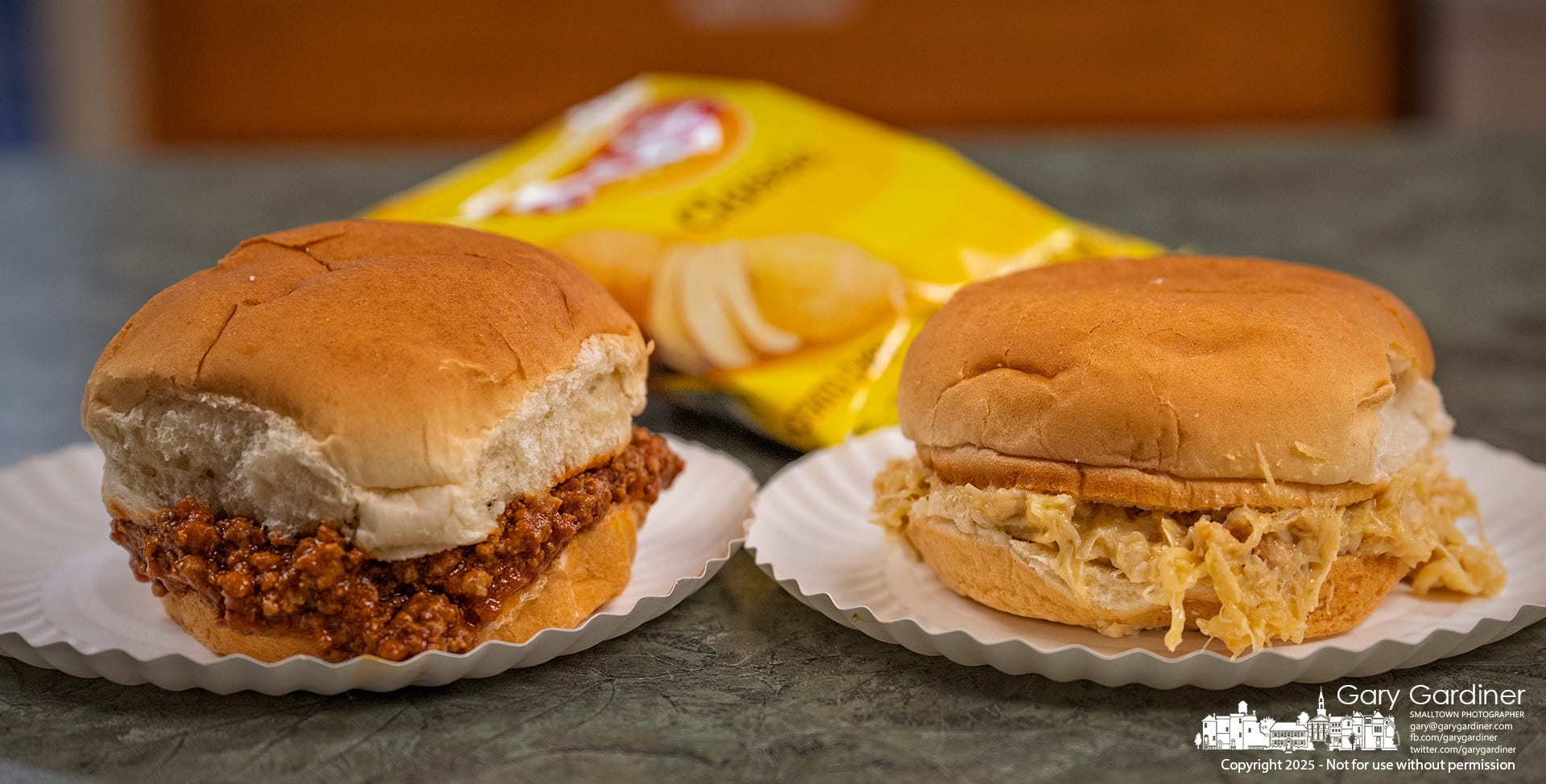Sloppy Joes and Pulled Chicken. The Green Grape Report.
The Real Reason I Go To Christmas Bazaars
I look forward to the craft shows every year, not because I’m hunting for something unique to hand down to the grandchildren, but because I know the crafters are trying to make enough money to pay for their own Christmas.
The best thing I ever found at one of these bazaars wasn’t festive at all. It was a set of di…
Keep reading with a 7-day free trial
Subscribe to The Westerville News to keep reading this post and get 7 days of free access to the full post archives.


